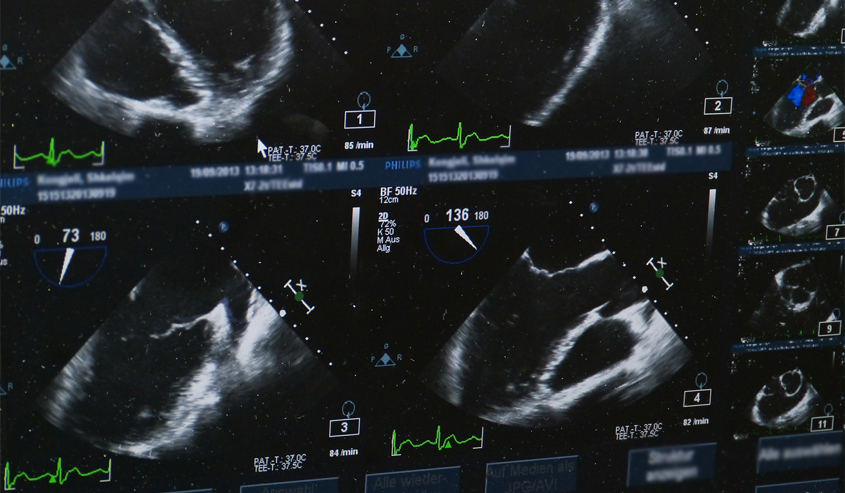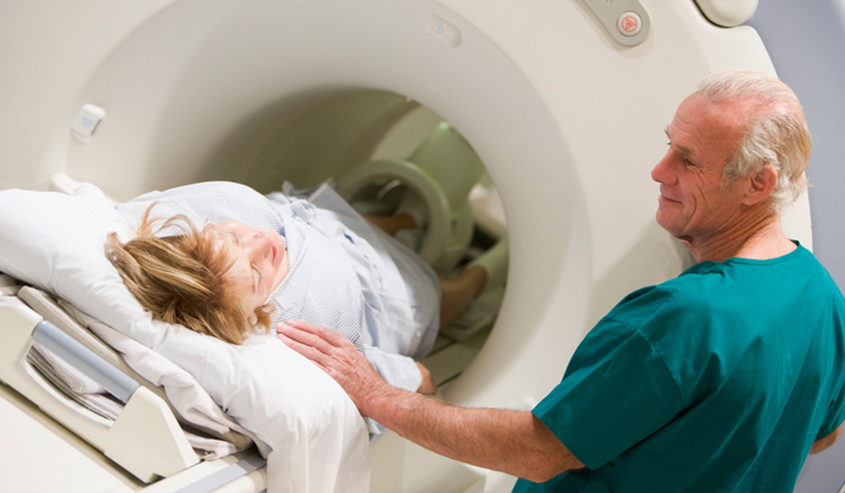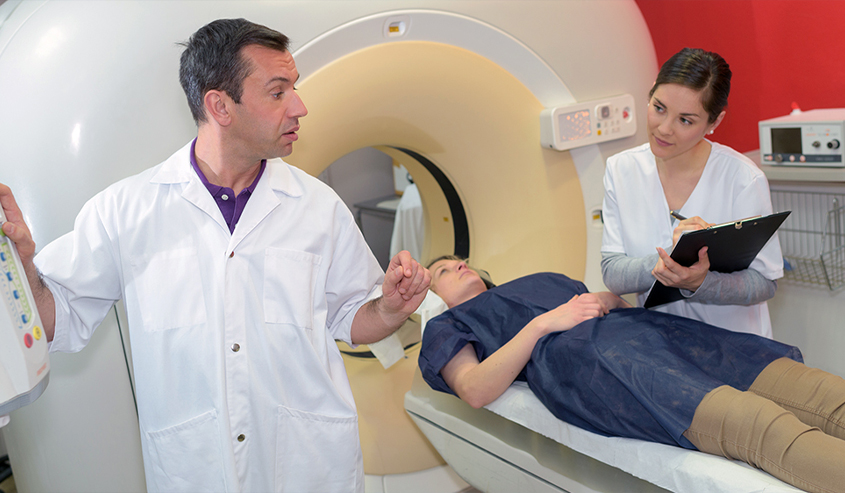If you are someone who has experienced migraines, you know they are not fun. They often begin in childhood or early adulthood and can be debilitating, leaving the sufferer feeling drained and overwhelmed. What Causes Migraines? We still don’t understand exactly what causes migraines in some people. Researchers suspect that these headaches are the result of abnormal activity in the brain which has an effect on nerves, chemicals and blood vessels. Some triggers have been noted such as Hormonal changes in the body for women Emotional triggers Stress Physical causes from insufficient sleep, physical overexertion or blood sugar Dietary triggers...

How Men Over 50 Can Get (and Stay) Healthy
As we age, we begin to understand that it’s not just about quantity but quality. As a society, we have become adept at furthering our chronological age but less skilled at maintaining our health as we go. What is the purpose of living into our golden years if those years are fraught with chronic disease, ailments and medication? And yet, that is exactly what we are seeing in the United States today. Our population is aging but we are becoming more dependent on medications and the medical system with each passing year. The Basic “Shoulds” Unless you live in a...

What National Safety Month Means in the Time of COVID-19
June is National Safety Month. And in these days of COVID-19, the term safety has now taken on new meaning. The National Safety Council reported that one of the things people are most concerned with as the country is endeavoring to “re-open” is a return to work and other required activities. Consequently, many people are anxious about going into a medical or hospital setting in light of these concerns. Your Safety is Our Priority For many of the patients we see, an in-person procedure has been ordered by their physician to be done as soon as possible. Over the last...

Women’s Wellness Healthcare and Screenings that Should Still Happen During COVID-19
There’s no doubt that we are currently living in very complex medical times right now. Many hospitals are just now beginning to do elective surgeries after the COVID-19 hiatus. And we know that there are many patients who are reluctant to go into a clinical setting for their own healthcare in these strange times. But when it comes to some forms of preventive care, it’s simply not a good thing to wait. A Balance Between Staying Safe and Life-Saving Procedures Many medical facilities have had to adjust their current model of medical care in order to deal with the emergency...

What is a Pulmonary Function Test?
A pulmonary function test is a noninvasive diagnostic test that can tell how well your lungs are functioning. This test measures lung capacity, volume, the rate of airflow and gas exchange. This information will help your doctor to diagnose lung disorders and determine the correct course of treatment. These fall into two types of disorders: Obstructive disorders are when air has trouble moving in and out of the lungs due to some resistance or obstruction causing a decrease in the flow of air. Restrictive disorders are when the lung’s tissues are unable to expand enough to allow needed airflow. Why...

Is Nuclear Medicine Safe?
Just the term nuclear medicine may concern you. But it’s not something sci-fi and scary. In fact, you may have had instances of nuclear medicine prescribed over the years and never even heard that phrase. So what, exactly, is nuclear medicine? And is it safe? What is Nuclear Medicine? Nuclear medicine is an imaging technique that is helpful when a doctor needs to understand the functioning of an organ in order to make a diagnosis. The term “nuclear” has nothing to do with what we commonly think of as nuclear in war or energy. It has to do with the...

How is a Sleep Disorder Diagnosed?
Each night, millions of people in the United States suffer from sleep disorders, many not even aware that it is happening. This sleep loss, which can affect daily functions and long-term health and longevity, is one of the most common yet treatable health problems known today. Whether it is disrupted sleep or an inability to reach a level of sleep needed to feel refreshed and renewed, sleep disorders fall into various categories. Sleep apnea — During an apnea episode, muscles obstruct the airway which results in an interruption of breathing. Insomnia — This is the inability to fall asleep or...

Ultrasound or Sonogram? What is the Difference?
We often hear the terms sonogram and ultrasound used interchangeably. But are they the same thing? What is the Difference Between the Two? There is a slight difference in the terms but, simply, one is the process and the other is the product. An ultrasound is a procedure that uses sound waves to create images of organs and soft tissues. The sonogram is the actual image that is created by the ultrasound. So the difference is a matter of semantics. How Does an Ultrasound Work? Ultrasounds use high-frequency sound waves in the analysis and diagnosis of medical conditions. These sound...

What You Should Know About an MRA Scan
An MRA, or magnetic resonance angiography, is a painless, noninvasive newer technology in magnetic resonance imaging. An MRA procedure utilizes a combination of radio waves and a magnetic field to produce three-dimensional images of blood vessels. There are no incisions or arterial catheters required in this procedure. Whereas an MRI is typically used to see soft tissues in the body, an MRA specifically targets veins and arteries. This enables your doctor to observe blood flow and detect possible diseased and inhibited vessels in the: Brain Neck Heart Chest Abdomen Pelvis Legs and feet Arms and hands An MRA may be...

What is the Purpose of a PET-CT Scan?
A positron emission tomography scan, otherwise known as a PET scan is used in many different types of disease diagnosis and treatment today. When used in tandem with a CT scan, it is called a PET-CT scan. Here is what you should know if your doctor has ordered a PET-CT scan for you. How is a Scan Used? Your doctor can use a PET-CT scan to locate a disease, determine its stage and decide what treatment should be followed. While a CT scan alone will show detailed images of organs and tissues inside the body, a PET scan will find...

